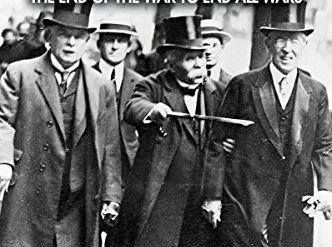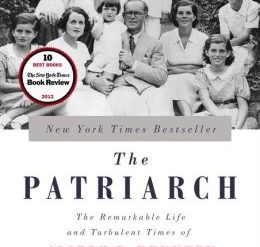
There are several ways to approach history. You can focus on the broad political and social trends in society at large and how they evolve over time. You can look into the history of technology, or business, the arts, or any other single discipline. Or you can study the leading individuals whose careers shaped the times in which they lived. You might also approach the subject through the lives of one individual, one family, or one place. Often, the last of these options makes for the most satisfying reading. Thomas Harding‘s The House by the Lake covers the otherwise familiar territory of 20th-century German history by telling the stories of the five families who inhabited a single home over the course of the last hundred years. The picture he paints is vivid and compelling.
Much of The House by the Lake is dominated by the saga of the author’s family, the Alexanders, who built a vacation home on the shores of a lake near Berlin in 1927. They were prosperous, assimilated Jews whose fortunes rose during the turbulent 1920s and then fell precipitously as the Nazis came to power. The house they built became home to a succession of four other families in the decades following their flight from Nazi Germany in 1934.
The House by the Lake: One House, Five Families, and a Hundred Years of German History by Thomas Harding (2016) 466 pages ★★★★★
In many ways, the story of this house must resemble what took place in other homes from which German Jews fled or were seized and shipped off to the death camps. Like so many other Jewish homes and businesses, ownership passed to a succession of Nazi families, some of them ideologically committed, others simply opportunistic. What makes this particular story truly remarkable is its location. Built on the shore of a lake in a picturesque village, the home’s front yard was bisected by the Wall constructed by East Germany in 1961. Until the Wall was demolished in 1989, the Alexander house lived in its shadow.
By relating the story of his family’s former home, Harding adds a new perspective to the unfolding of German history from World War I, through the years of the Weimar Republic, the twelve-year reign of the Nazi Party, the establishment of the two post-war German states, and, finally, the period of reunification and the prosperous years that followed in the late 20th and early 21st centuries.
For related reading
You’ll find this book listed on my post, 10 top nonfiction books about World War II.
You may enjoy browsing through The 10 best novels about World War II and 20 top nonfiction books about history.
If you’re looking for a broader view of human history, check out New perspectives on world history.
And if you enjoy reading history in fictional form, check out 20 most enlightening historical novels.
And you can always find my most popular reviews, and the most recent ones, on the Home Page.



























